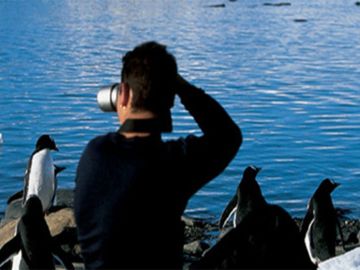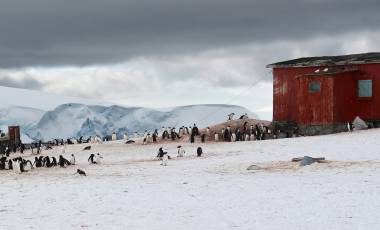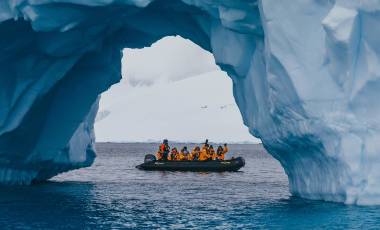Read time – 1 minute
I’m Tom Hart; a marine biologist at the Zoological Society of London and Oxford University working on penguin conservation.
I’m trying to work out how penguins are responding to climate change, fisheries and human impact. And by teaming up with Exodus I have been able to reach even more places in Antarctica and study even more penguins!
Penguin Futures
As part of its commitment to conservation and responsible travel, Exodus has teamed up with Penguin Futures, a conservation project at the Zoological Society of London.
Penguin Futures studies the population structure and movement of penguins in the area, aiming to design protected areas that take account of population movement. Antarctica is a hard place to work, so conservation studies are largely based on a few sites near scientific bases.
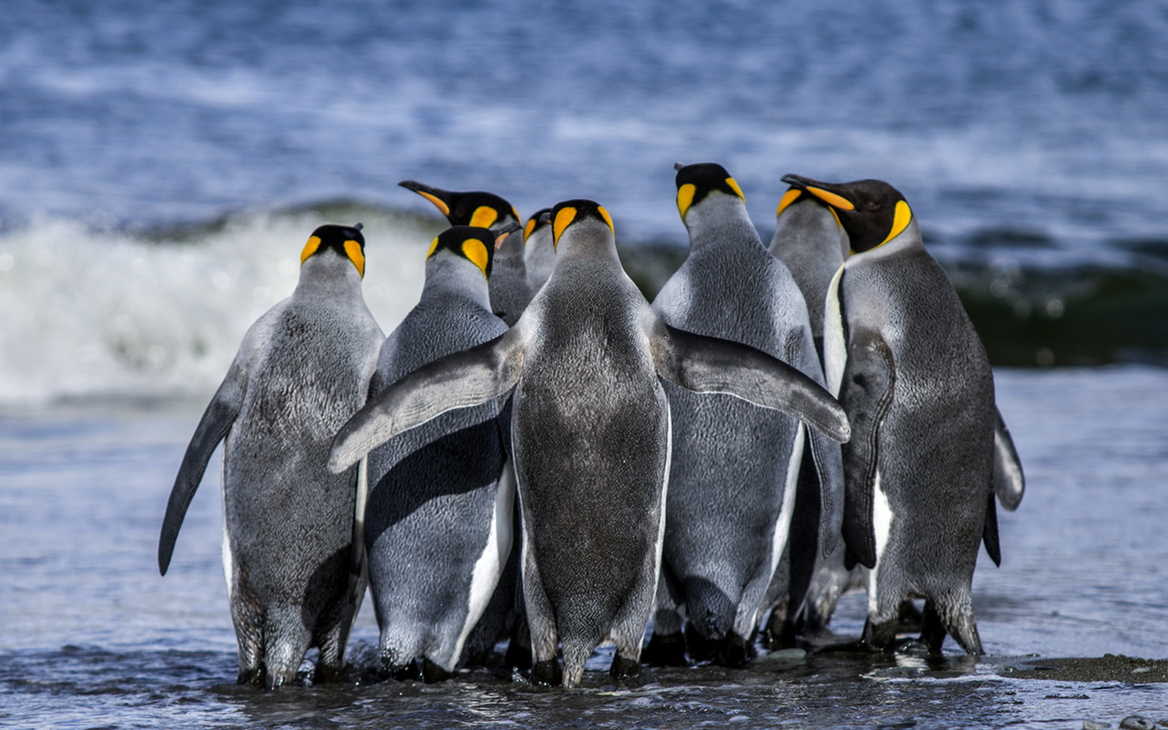 Penguin colony
Penguin colony
With the increased pace of climate change and expanding fisheries in the area, we urgently need to fill in some of the gaps. Many of these sites for which we have limited data are visited regularly by tourists.
Penguin DNA Fingerprinting
So, if we can design a monitoring network that works from cruise ships, knowledge and conservation in the region would be given a real boost. With Exodus, we aim to do this in two ways; by DNA fingerprinting and time-lapse cameras. Fingerprinting is often used to catch criminals and now it’s being used to help inform conservation management.
The process is very similar to forensic science when Police can obtain a DNA profile from microscopic tissue samples (so shed feathers from a penguin colony are easy!).
Just as DNA can tell us how closely related you are to your parents, your cousins and your friends, a penguin’s DNA can show which colony a penguin originally came from, and how penguins mix between colonies over time.
This will allow us to produce maps of movement and distinct regions for conservation. A tour of the Antarctic Peninsula last season on the Clipper Adventurer was very successful as well as hugely enjoyable.
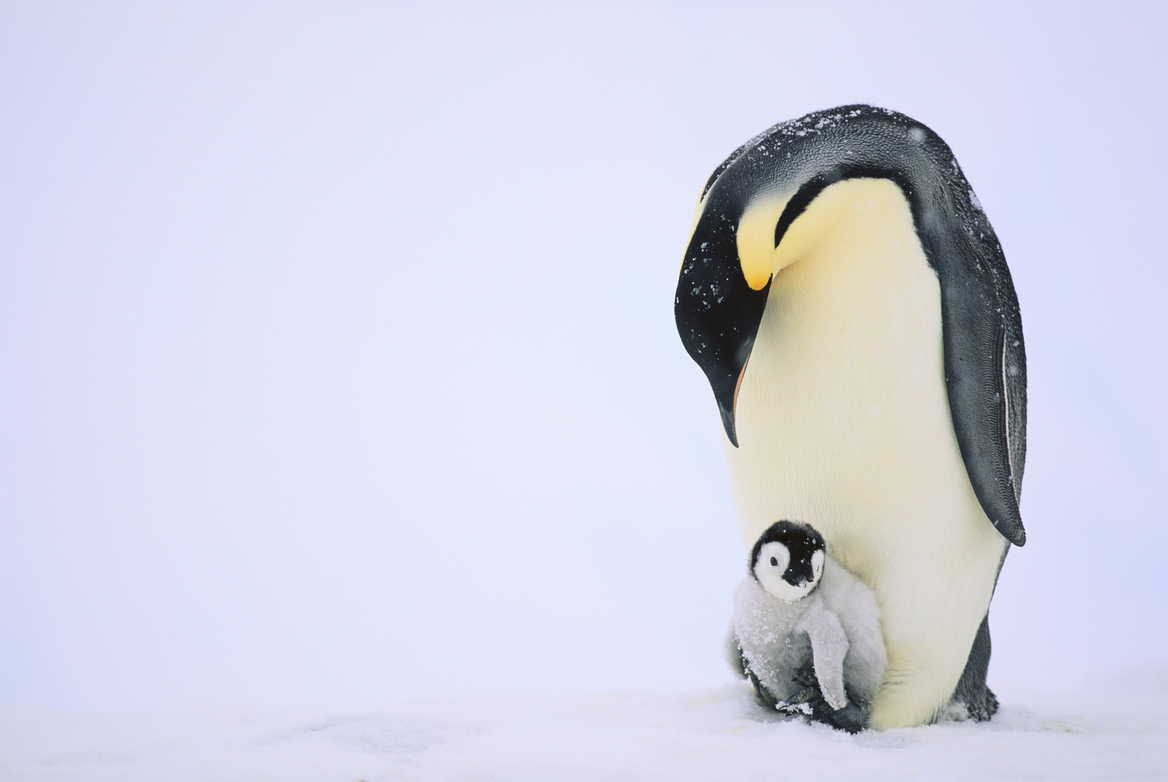 Penguin with its young
Penguin with its young
This season, Ben Collen from ZSL and I will be on the Academic Ioffe deploying time-lapse cameras, which we hope will record first arrival, departure and peak breeding of penguins. We also hope to involve other passengers – we are trying to work out whether tourist photos of penguin colonies could be used for conservation monitoring.
So, if you are on board with us, we will probably try and persuade you to take photos of colonies and become conservationists yourselves. Tom Hart Penguin Population Mapping Currently on location in Antarctica.
View trips to Antarctica below and witness the penguins in their natural habitat.
